Salmonella is a type of bacteria that can infect all warm-blooded animals, cause disease and spread in the environment.
According to the CDC, there are more than one million reported cases of salmonella infections in humans every year in the US.
Thousands are hospitalized and a few hundred never recover and die from the infection.
With pets being a potential vehicle for infection, cat owners should be aware of the risk and learn how to minimize it.
With that in mind, here are 9 facts that every cat owner needs to know about Salmonella and cats.
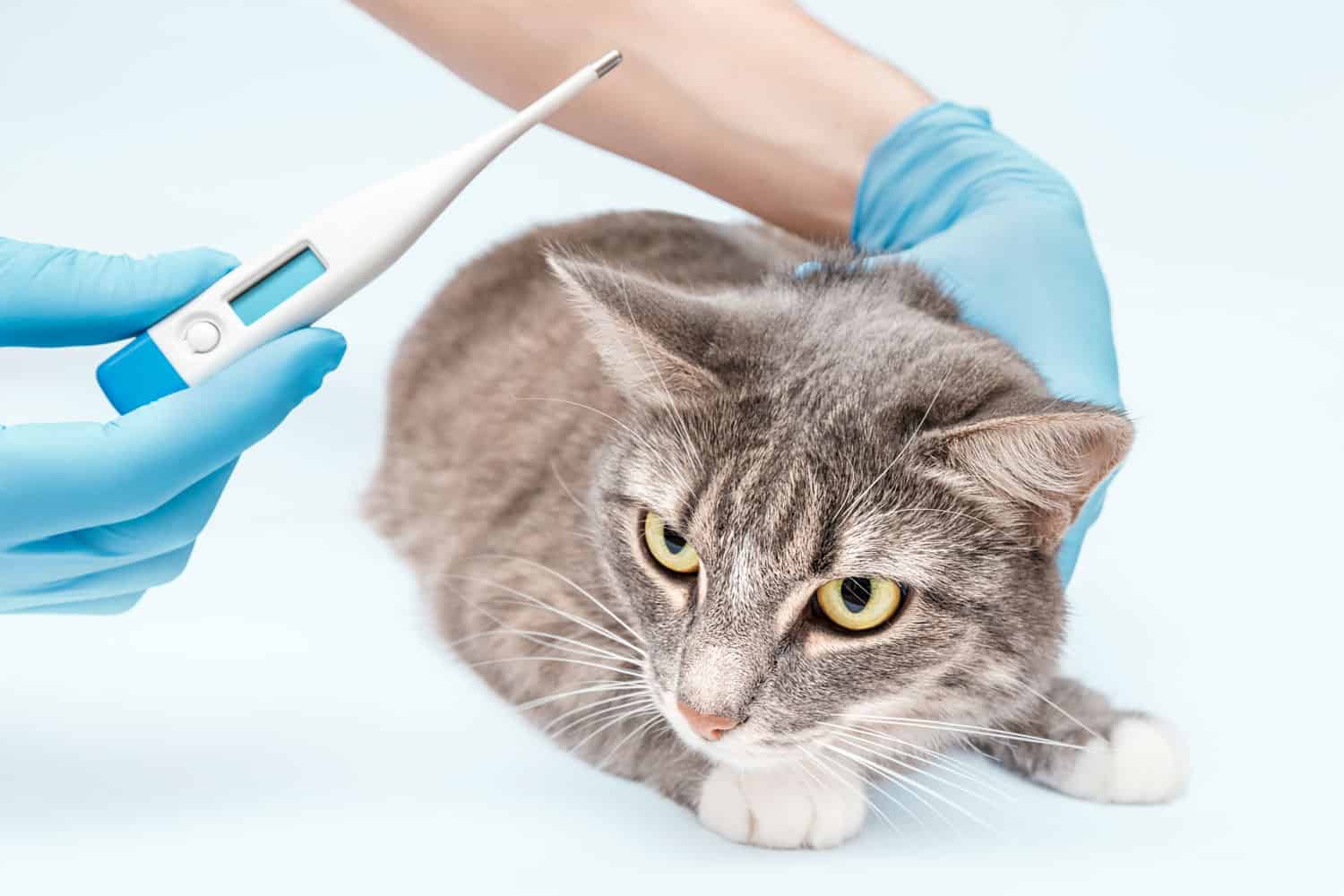
1. Cats can become sick from salmonella
Cats are certainly susceptible to salmonellosis, the disease caused by salmonella. Contrary to what some believe, felines are not protected by stomach acidity or the length of their intestines.
"Cats have no unique defense against Salmonella infection," says Dr. Rachel Boltz, a veterinarian who specializes in cats. "A partially good example of this is a disease that is well recognized in cats: Song Bird Fever.
This disease is caused by Salmonella typhimurium and it can lead to significant systemic infection. Cats become infected by preying upon and eating songbirds.
In terms of the raw diet argument, you can't get much "rawer" than a fresh-killed bird, and yet cats can die from this infection if they are not treated in time."
The good news for cat owners is that most cats do not carry salmonella at all.
According to Dr. Martha Cline, DVM, a veterinarian who specializes in pet nutrition, the prevalence in cats at this time appears to be quite low.
"In this 2017 study evaluating fecal samples from January 2012 – April 2014, the overall prevalence of Salmonella in cats was less than 1 percent."
2. The severity of infection is related to the number of bacteria ingested
In order for a cat - or human - to become sick from salmonella, they have to ingest a certain amount of the bacteria.
The severity of the infection depends on the strain of salmonella and the amount ingested.
The odds of developing an illness and the severity of that illness are directly correlated to the actual number of bacteria that enter the body.
In fact, not all infections are symptomatic. Some individuals may become infected with salmonella to the point of triggering some activity of their immune system, yet show no clinical signs of disease.
These individuals may still shed the bacteria in their own feces and infect others (who may in turn experience a more severe version of salmonellosis).
SIGN UP FOR THECATSITE'S EMAIL UPDATES >
3. Homemade raw food is the most likely source of salmonella infection
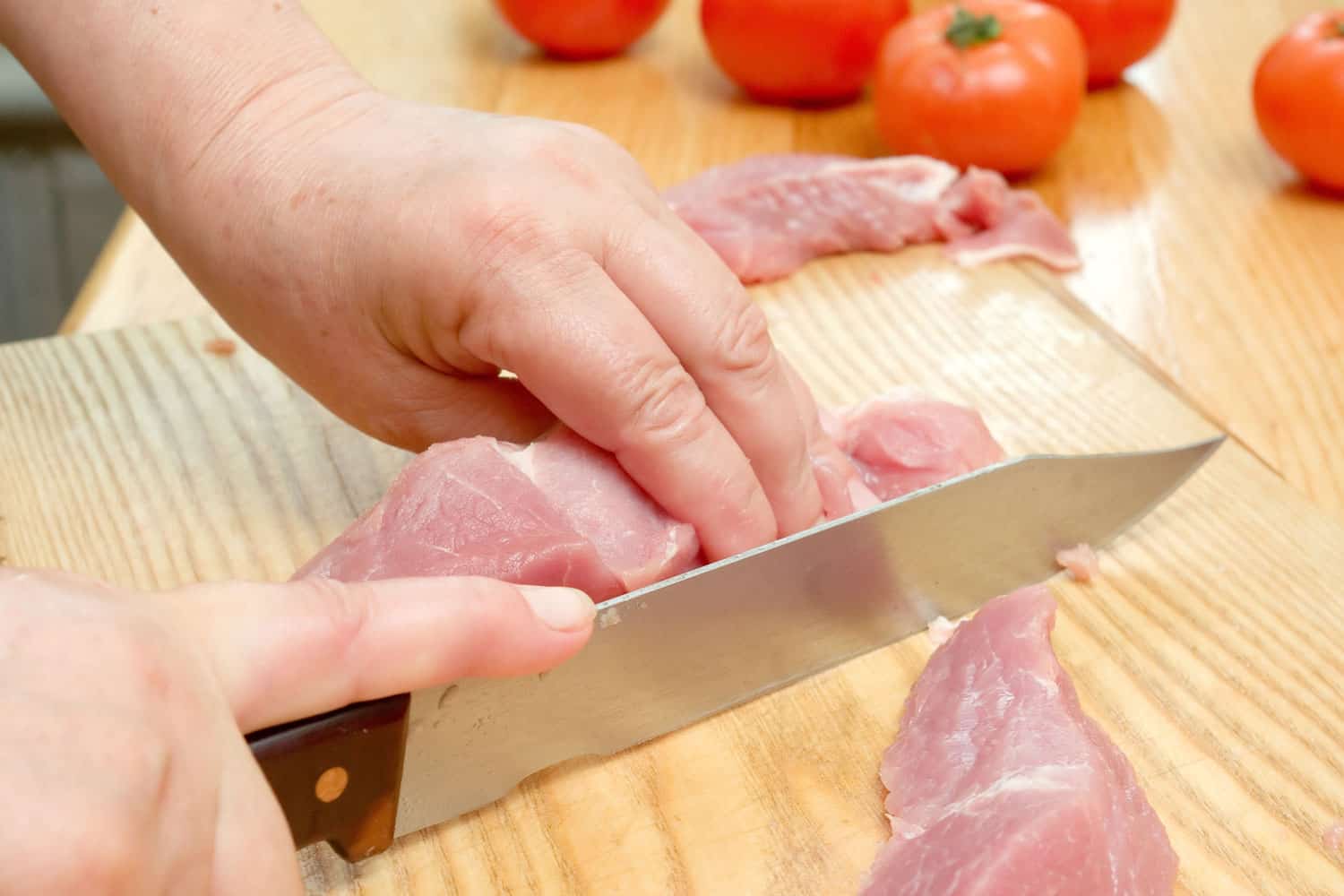
The FDA has a zero-tolerance policy on Salmonella in commercial pet foods. That means contaminated cat food that is found to contain salmonella is immediately recalled from the market.
But which types are more likely to be contaminated and why? Let's take a look at the various types of cat food, commercial and homemade.
Canned cat food
Since cooking is an effective way to kill salmonella, canned cat food is pretty much guaranteed to be salmonella-free.
Dry cat food (kibble)
Dry cat food is heavily processed through heat (in other words, cooked), but may still become contaminated in later stages of manufacturing.
However, the odds are low considering the amount of processing, and even if the food somehow gets contaminated, the bacteria will have a very hard time multiplying in such a dry environment, so the overall pathogen load is likely to become low.
Commercial raw food
Commercial raw food has to meet the FDA's demand for zero salmonellae in food, but that's proving to be a challenge.
In 2016, there were six major pet food recalls, five of which were raw meat-based diets recalled for salmonella and/or listeria.
In 2015, 12 of 15 foods recalled were raw meat-based diets for cats or dogs, out of which eleven were recalled for contamination with salmonella and/or listeria (the 12th recall was for a vitamin deficiency).
All in all, the methods used in preparing commercial raw food make it generally safe from salmonella.
Homemade raw food
This type of cat food poses the most risk. Unfortunately, there is no zero-tolerance policy for meats intended for human consumption, based on the assumption that all such food will be thoroughly cooked.
Farm animals are raised in huge industrialized factory-style farms where the stress along with crowded living conditions means pathogens carried in feces -- including salmonella -- are very common.
"The food chain as it exists in the Westernized world today makes the idea of non-contaminated food difficult to accomplish," says Dr. Boltz.
"The CDC in the USA tells us to wash our hands when handling raw meat and to cook it to a certain temperature.
These guidelines are in recognition that most meat products are bacterially contaminated, and that cooking kills this bacteria and so increases food safety."
The end result is that even human-grade meat bought to prepare a homemade raw diet is more likely than any other form of cat food to be contaminated with some amount of salmonella.
4. Ground meat is more dangerous
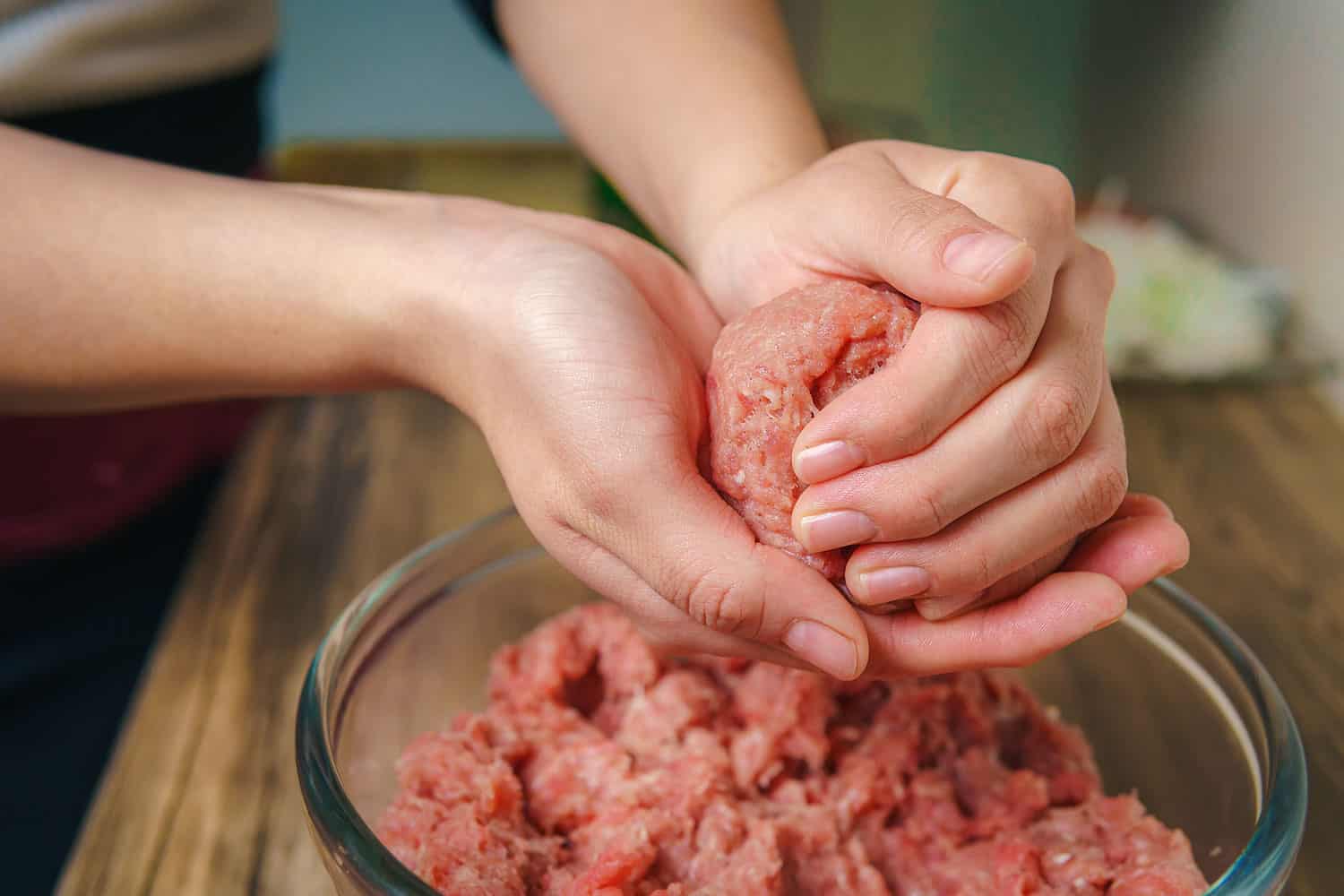
Grinding the meat provides existing bacteria with more surface area to multiply on. As with other food-borne pathogens, salmonella is more of a risk in ground raw products.
Chicken and eggs are considered more likely to be contaminated, compared to beef and pork.
However, any kind of animal-derived food that's not been cooked or otherwise heat-processed can harbor salmonella.
5. Live prey can cause a salmonella infection
It's not just birds and Song Bird fever. Reptiles are often contaminated with salmonella - even though they are not warm-blooded.
Mice and other rodents often carry salmonella as well. If your cat hunts, he or she is far more likely to be exposed to salmonella and other pathogens.
6. Salmonella is a hardy bacteria
If you think freezing food kills salmonella, think again. These are particularly hardy bacteria that can survive relatively harsh environments, including freezing.
While low temperatures do prevent these tough bugs from multiplying, once the meat is thawed and brought back to room temperature, you can expect the bacteria to grow in numbers fairly quickly.
Stomach acidity doesn't kill salmonella that easily either. While it does kill some of the bacteria, a few will get away and move on to the intestines where they can cause disease.
Fat helps salmonella escape the harmful effects of stomach acid. So, the higher the fat content, the more bacteria will make it past the stomach.
7. Some strains of salmonella are resistant to antibiotics
As with other types of bacteria, resistance to antibiotics is a growing concern with salmonella infections.
The fact that salmonella is so common on industrialized farms - where antibiotics are routinely used in liberal amounts - contributes to the problem.
This means we should not rely on antibiotics to cure the infection and opt to prevent one instead.
8. All cats are at risk for salmonella (though some probably more than others)
We know that in humans, children under the age of five are far more susceptible to salmonella infections.
Elderly people, pregnant women and immunocompromised individuals are also more vulnerable.
While not enough data exists regarding the epidemiology of salmonellosis in cats, it's fair to assume kittens, older cats and those with weak immune systems are also likely to be more at risk when exposed to salmonella.
However, healthy young cats can also become very sick from salmonella if the pathogen load is high enough. Dr. Cline shared with us three case reports where salmonella caused disease in healthy cats.
In this case report, a cat fed a raw diet developed a urinary tract infection from Salmonella. The diet also tested positive for Salmonella.
In another case report, two cats from the same household fed a raw diet developed septic salmonellosis which resulted in death.
In addition to that, in this study, 3 of 12 cats fed a raw food diet of whole or ground 1-3-day-old chicks developed clinical salmonellosis (anorexia and diarrhea).
9. Your pet can infect you with salmonella
Salmonella can infect dogs, cats, and humans alike, making it a zoonotic disease that can be transferred between the species.
"Both dogs and cats have been shown to be an important source of infection to humans," says Dr. Boltz. Even a cat that appears to be healthy can infect a human with salmonella by shedding the bacteria in its feces.
How can you protect your cat and yourself from salmonella?
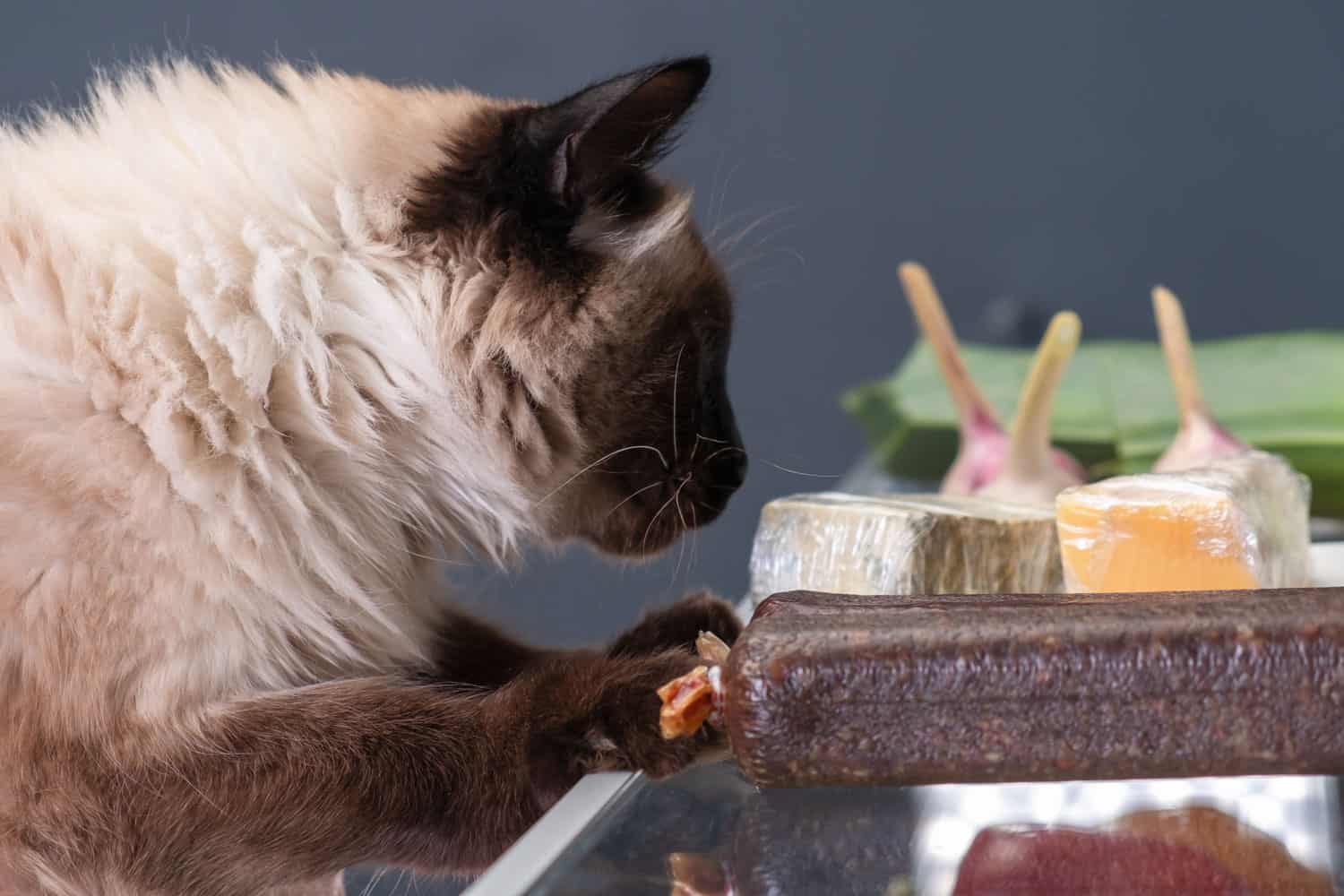
Salmonella is a major health concern. Fortunately, there are ways for you to mitigate the risk for yourself and your pets. The CDC offers guidelines for Salmonella prevention in humans here. However, there are also a few more things that cat owners can do to protect their pets.
- Buy cat food from reputable manufacturers.
- Prevent your cat from hunting by keeping her or him indoors and preventing wildlife from entering your home.
- If you consider feeding raw, educate yourself about the risks to make an informed decision. The CDC, FDA-CVM, AVMA (American Veterinary Medical Association) and ACVN (American College of Veterinary Nutritionists) are all opposed to feeding raw due to public health implications. You can read more about it here. If you want to feed a homemade diet, consider a cooked one instead of raw one.
- If you do choose to feed raw, know the risks and practice good hygiene. See this page by the CDC for instructions.
- Commercial raw is probably safer than homemade raw. If you choose to feed commercial raw, choose a reputable manufacturer and carefully follow storage instructions.
- Wash your hands thoroughly after handling either raw or dry cat food.
- Avoid sharing food with your cat.
- Clean the litterbox regularly so that even if your cat sheds salmonella, it won't have time to multiply.
- If your cat shows any signs of illness, consult your veterinarian as soon as possible and do not delay treatment.
These guidelines should help you free your cat and yourself from salmonella and other food-borne pathogens.
Please consider sharing this article on Facebook and Twitter to help raise awareness of the risks of salmonella.
SIGN UP FOR THECATSITE'S EMAIL UPDATES >
Note: We may get commissions for purchases made through links on this page.

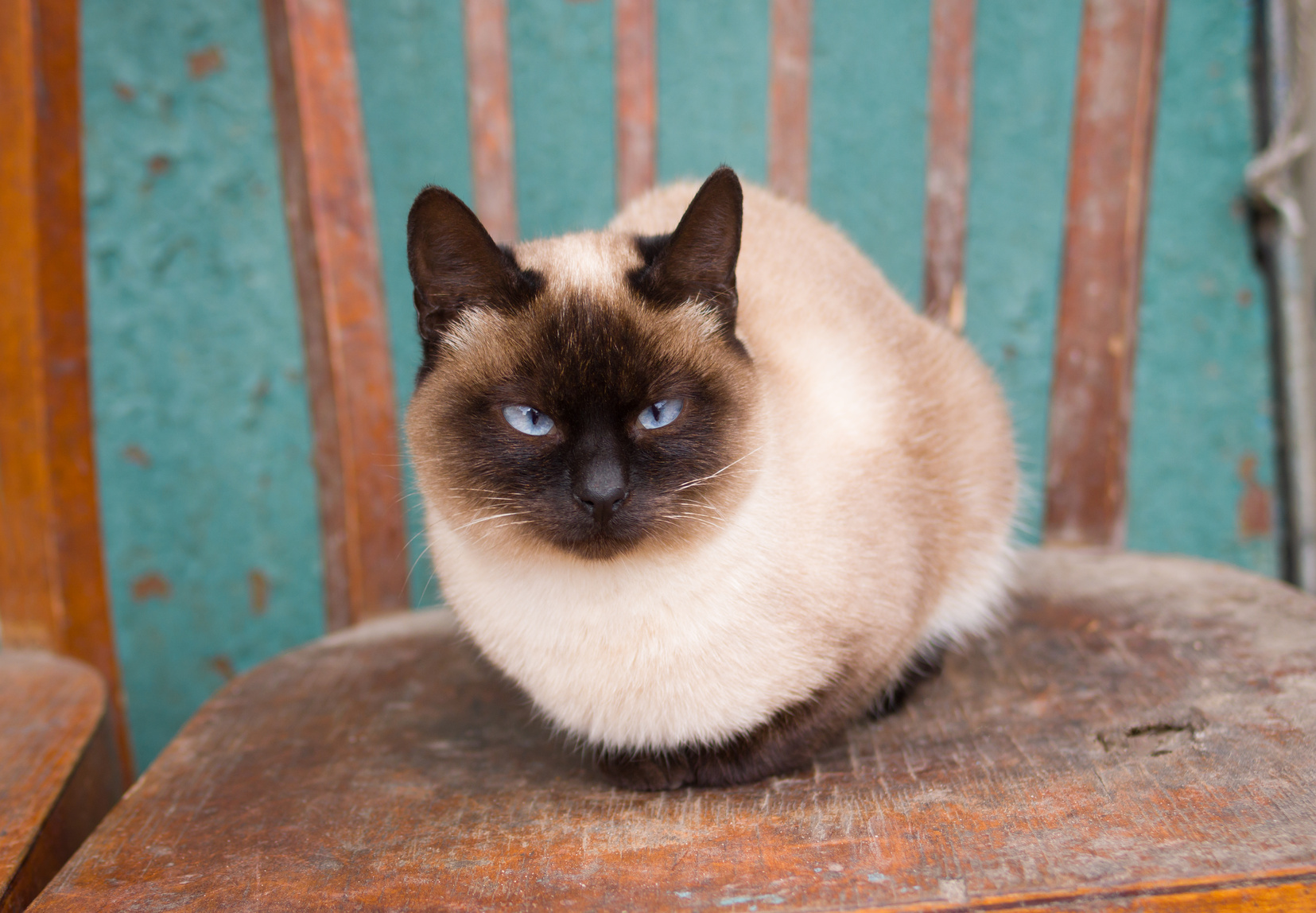
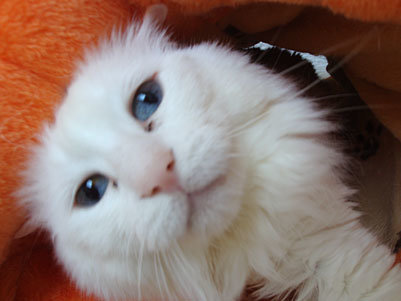
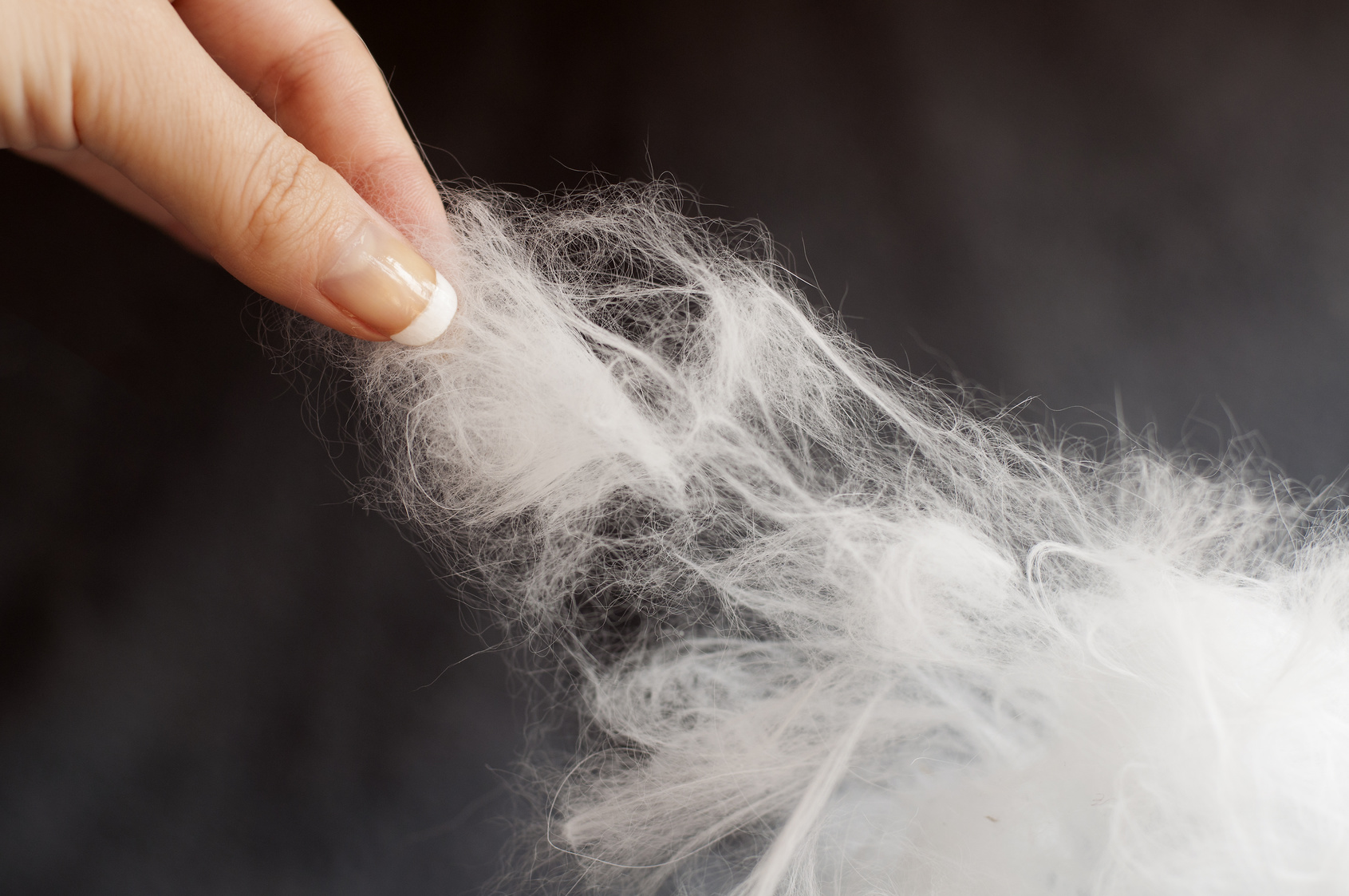
21 comments on “Salmonella In Cats – 9 Things Every Cat Owner Needs To Know”